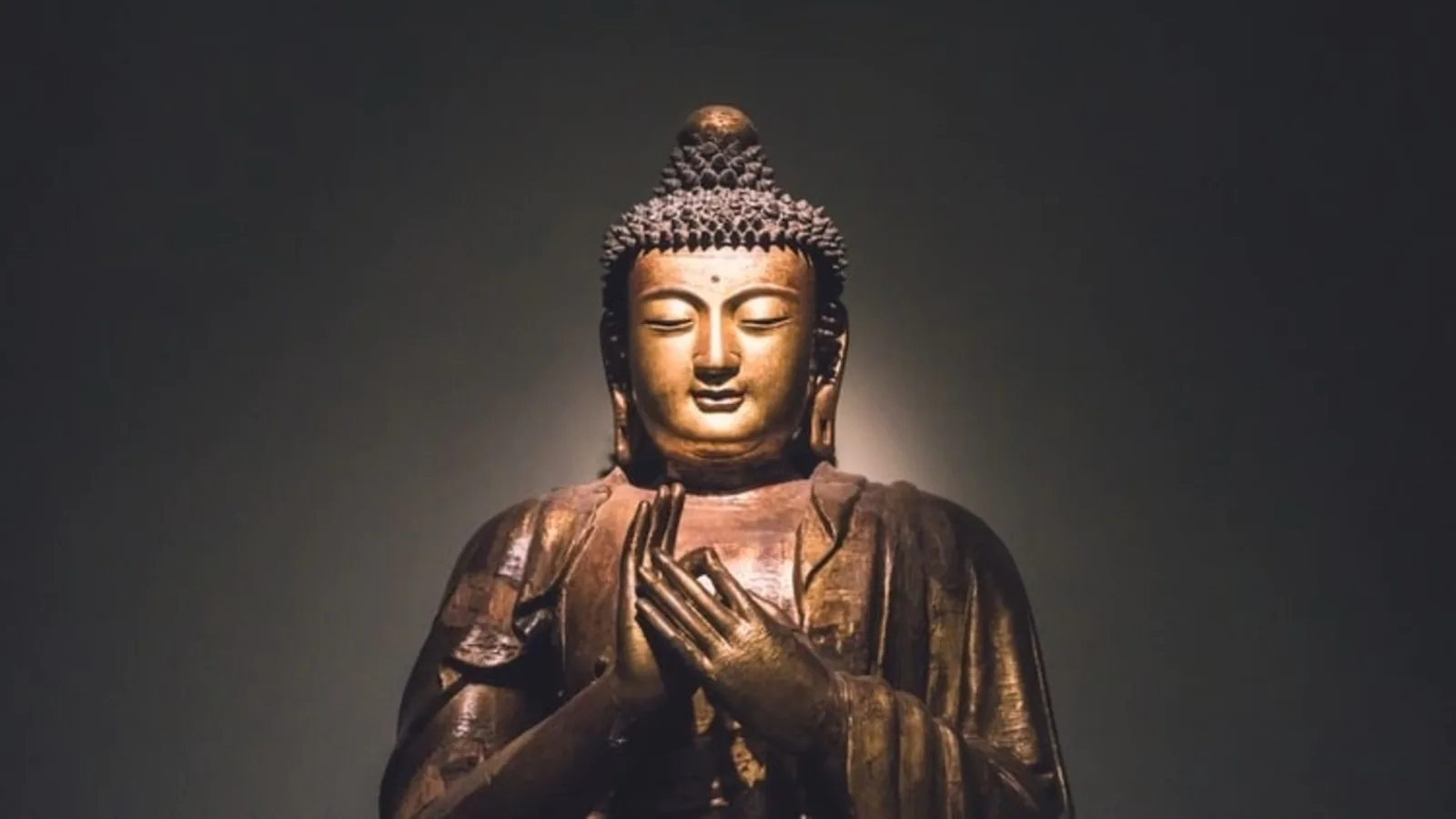At present, the number of people interested in Buddhism and Buddhist philosophy is increasing day by day. There are many problems to be faced with just starting a study with interest. Where to start, how to understand, etc. Even if something is read, it is difficult to determine the context. So it may seem to today’s internet generation – if Buddha had been in the present day, he would have given a ted-talk of his philosophy and his philosophy could have been easily understood in ten to twenty minutes.
I mean, in a way, the Buddha gave Ted-Tuck! The Buddha’s first sermon, called the Dharmachakra Pravartan Sutra, is in a very ted-tack style – simple, clear and concise. You can read it within ten to twenty minutes. On the basis of the same formula, I have made a very simple and concise presentation of the basic principles of Buddhist philosophy.
Dharmachakras
In fact, the whole Buddhist philosophy can be explained in three wheels. These wheels are called Dharmachakra. These wheels can be seen everywhere in Buddhist sites. The first wheel has four stalks. It is rare, but it has historical significance. It refers to the four Aryan truths. The main philosophy of the Buddha is the Four Noble Truths. It is called ‘Chatwari Aryasatyani’ in Sanskrit.
The next cycle consists of twenty-four stalks. It is also called Ashoka Chakra. It is called Ashoka Chakra because it was used by Ashoka, the emperor of India in the 3rd century BC, in his monuments. These monuments are found in Buddhist shrines. The chakra in the center of the national flag of India is a Dharmachakra with 24 stalks. These twenty-four stalks represent the four Aryasatyas, the path of the eight limbs (the eightfold path) and the twelve causes of the world cycle (twelfth diagnosis). Of course, other meanings of these twenty-four stalks have been presented to evoke a sense of adventurous nationalism while being on the national flag, but historically it has been a religious cycle.
Four Aryan truths
Gautama Buddha, after attaining enlightenment, stated that there were four truths. He did not tell the truth to God, nor to any supernatural being. Instead, he called grief the truth. Grief is something that only creatures experience. So he established four truths around sorrow:
- Sorrow is (sorrow is true)
- There is a cause for sorrow (community truth)
- There is a cure for sorrow (restraint is true)
- There is a way out of grief (the way is true)
Ashtanga Marg
These too are divided into three parts, the conscience, the body and the mind. The first two, namely, the right vision and the resolution, will be edited with discretion. The three proper words in between, karma and livelihood will be done from the body. Similarly, the last three, proper exercise, memory and samadhi will be practiced by the mind. In today’s inspirational literature, it is called Buddy, Mind, Spirit – that was from the beginning.
The cause of sorrow
Another view of the Buddha is that nothing happens without a reason. Therefore, the Buddha’s philosophy is also called causalist or purposeful. The Buddha’s philosophy is that no action can be taken even for a single reason. Therefore, the Buddha’s philosophy is not only causal but also ‘multi-causal’. Unlike the theistic philosophy, the same God does not create or destroy.



